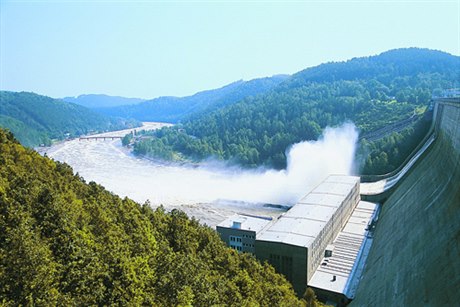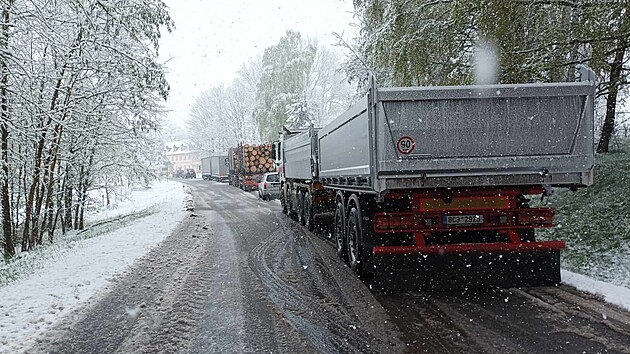Czech state-controlled electricity giant ČEZ plans a massive expansion of renewables outside the country to bring in revenue flows fast as the company starts to build two new reactors at its Temelín nuclear plant.
News of the ambitious plans, which clash with the government’s general stance that foreign investment by the almost 70-percent state controlled company be curbed, were revealed by Friday’s edition of the daily Lidové noviny, with ČEZ spokesman Ladislav Kříž confirming the details to Czech Position.
New ČEZ chief executive Daniel Beneš plans to invest in up to 3000 MW in hydro and wind capacity with the idea already floated to top company managers and the government, the paper said. The general idea is that the hydro and wind plants could bring in a high, fast, and stable revenue line as Temelín’s construction is started in 2016. The target of having the renewable investments completed by 2016 is a must, the paper added, which priced the planned investment at around Kč 100 billion.
Lukewarm welcome
The plans have been given a guarded response from Prime Minister Petr Nečas (Civic Democrat, ODS) and Finance Minister Miroslav Kalousek (TOP 09), who, Lidové noviny says, underlined the condition that the new plants be built abroad.
The Czech Republic and state is still trying to cope with the costs and consequences of a massive solar power boom at home with a series of legal cases pending from, mostly foreign, solar investors protesting government moves to curb their revenues. A draft energy policy being prepared by the Ministry of Industry and Trade suggests curbing Czech renewable at 13 percent of overall energy production over the next 40 years, the minimum target already set for the country to meet by 2020 under an EU agreement.
Nečas had suggested soon after the surprise resignation of former ČEZ chief Martin Roman just over a week ago that the end of the Roman era should draw a line under the company’s previous headlong foreign expansion, some of which he suggested was questionable.
‘The investment would be in Central and South East Europe, primarily in Germany, Poland, and Romania and other countries in the region.’
ČEZ has signaled it wants to invest in hydro and wind facilities in countries where there are generous incentives and support and, according to Lidové noviny, could even buy existing hydro plants. “The investment would be in Central and South East Europe, primarily in Germany, Poland, and Romania and other countries in the region,” Kříž said in a statement.
Many energy experts see high potential for renewable in the Balkans in particular as old, polluting plant is closed to meet stricter pollution rules and countries seeking to join the EU adjust their legislation to bring it into line with EU renewable targets.
According to KPMG’s Central and Eastern European Hydro Power Outlook from 2010, Romania has the highest potential for wind energy in the CEE region. But prime location Romania has had problems getting its green certificate renewables incentives scheme up and running with would-be investors saying this has deterred and delayed investments.
CEZ already has wind power experience in Romania as the owner of Europe’s largest coastal wind farm having an eventual capacity of 600 MW when the last of the units at Fantanele and Cogealac are completed at the end of 2012. The investment is expected to reach €1.1 billion and represent around 10% of total Romanian renewable power production. Part of the funding for the massive wind farm project came from the European Investment Bank (EIB).




